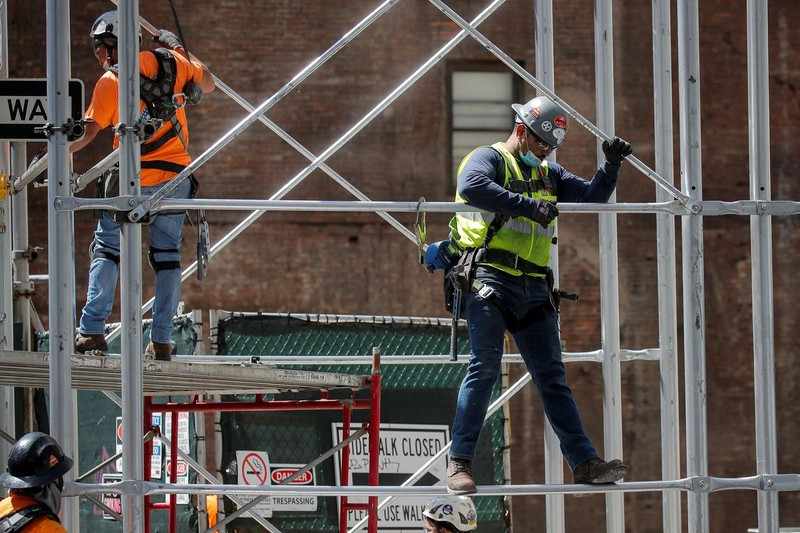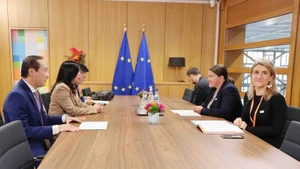In the context of steadily increasing income and living standards since the 1980s, the RoK has witnessed a labour shortage, especially in the manufacturing sector. Korean experts analysed the reason was that people avoid manual, difficult and dangerous jobs. The RoK Government has taken measures to attract migrant workers through many programmes, such as traineeships in 1993 and work visas in 2003.
However, the labour shortage still shows no sign of being improved, especially in small and medium enterprises. The administration of President Yoon Suk-yeol has announced a package of measures to reform the work visa system.
Previously, foreign workers had to leave the RoK after working in the country for up to 58 months. Under the new rules, they can work for more than 10 years in a row, if they need to. Migrant workers are allowed to do many jobs such as domestic work, taking care of children or working at logistics companies. The RoK’s Government also decided to create job opportunities for foreigners who are working as researchers in the RoK, if they are assessed to have high professional capacity.
According to Statistics Korea, the working-age population in the country will likely decrease by 9 million people by 2040, while the number of elderly people will increase at the same. The East Asian country has begun to record a natural population decline since 2020 when the birth rate fell below the death rate. At current momentum, the RoK’s population growth rate will fall to 0% and the economy will stop growing for 20 years. To prevent the possibility of the above scenarios, the RoK has spent 280,000 billion won (221 billion USD) over the past 15 years to increase the birth rate, but this method has not worked. In 2021, the birth rate in the RoK was 0.81 children per woman, the lowest in the world.
Tackling severe labour shortages in areas such as healthcare and construction, Canada received a record number of immigrants in 2022. According to Immigration, Refugees and Citizenship Canada (IRCC), there were 431,645 new permanent residents added last year, compared with 405,000 in 2021. Immigrants now account for 75% of Canada's population growth. Over the next three years, the federal government plans to admit 1.45 million more permanent residents, equivalent to 3.8% of the country's population.
The majority of the new permanent residents are economic immigrants or foreigners with the financial potential to invest. The new wave of permanent residents is expected to lead to large numbers of homebuyers and renters across Canada. This could rev up the residential real estate market, which has slowed since bank loan interest rates skyrocketed in 2022, increasing competition in the rental housing market and further pushing up rental costs. Ottawa said the government's immigration plan includes the placement of new permanent residents in small, remote towns and rural areas.
The direction for addressing the labour shortage in the RoK and Canada opens up opportunities to find jobs and income for millions of foreign workers. This is also the solution to the problem of labour shortage in many countries around the world.
















